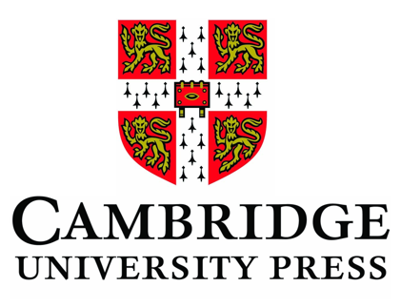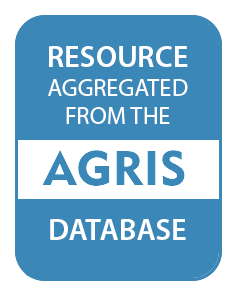Location
Cambridge University Press is part of the University of Cambridge. Our mission is to unlock people’s potential with the best learning and research solutions. Our vision is a world of learning and research inspired by Cambridge.
Our peer-reviewed publishing lists comprise over 53,000 titles covering academic research, professional development, over 350 research journals, school-level education, English language teaching and Bible publishing. This list is growing every year and spans subjects from aesthetics through to zoology, with authors ranging from Shakespeare to English language teaching author, Ray Murphy.
A pioneer in our field, we are committed to supporting innovation in learning and teaching. We publish without boundaries, ensuring our resources are accessible across the globe, in print, online and other digital formats.
We take pride in supporting community programmes across the globe. Staff are encouraged to offer practical help, advice and funding to nurture vital charitable, educational and voluntary partnerships.
Playing a leading role in today's global market place, we have over 50 offices around the globe, and distribute our products to nearly every country in the world. We publish 50,000 authors based in over 100 different countries.
Members:
Resources
Displaying 46 - 50 of 81Comparative assessment of different methods for using land-cover variables for distribution modelling of Salamandra salamandra longirotris
Predictive models are frequently used to define the most suitable areas for species protection or reintroduction. Land-cover variables can be used in different ways for distribution modelling. The surface area of a set of land-cover classes is often used, each land-cover presence/absence or the distance to them from any point of the study area can be preferred; multiple types of land-cover variables may be combined to produce a single model.
Benefits of wildlife-based land uses on private lands in Namibia and limitations affecting their development
Legislative changes during the 1960sâ1970s granted user rights over wildlife to landowners in southern Africa, resulting in a shift from livestock farming to wildlife-based land uses. Few comprehensive assessments of such land uses on private land in southern Africa have been conducted and the associated benefits are not always acknowledged by politicians. Nonetheless, wildlife-based land uses are growing in prevalence on private land. In Namibia wildlife-based land use occurs over c. 287,000 km².
Strategies to mitigate nitrous oxide emissions from herbivore production systems
Herbivores are a significant source of nitrous oxide (N₂O) emissions. They account for a large share of manure-related N₂O emissions, as well as soil-related N₂O emissions through the use of grazing land, and land for feed and forage production. It is widely acknowledged that mitigation measures are necessary to avoid an increase in N₂O emissions while meeting the growing global food demand. The production and emissions of N₂O are closely linked to the efficiency of nitrogen (N) transfer between the major components of a livestock system, that is, animal, manure, soil and crop.
Rethinking property rights: comparative analysis of conservation easements for wildlife conservation
Conservation easements (or conservation covenants) are commonly conceptualized as acquisitions of sticks in a âbundle of rightsâ and are increasingly implemented for wildlife conservation on private lands. This research asks: (1) What are the possibilities and limitations of the conservation easement approach to wildlife conservation in contrasting rural and periurban regions? and (2) How does analysis of conservation easements differ when examining property as a bundle of rights or alternative metaphors?
Effect of farming strategies on environmental impact of intensive dairy farms in Italy
Agriculture and animal husbandry are important contributors to global emissions of greenhouse (GHG) and acidifying gases. Moreover, they contribute to water pollution and to consumption of non-renewable natural resources such as land and energy. The Life Cycle Assessment (LCA) methodology allows evaluation of the environmental impact of a process from the production of inputs to the final product and to assess simultaneously several environmental impact categories among which GHG emissions, acidification, eutrophication, land use and energy use.


